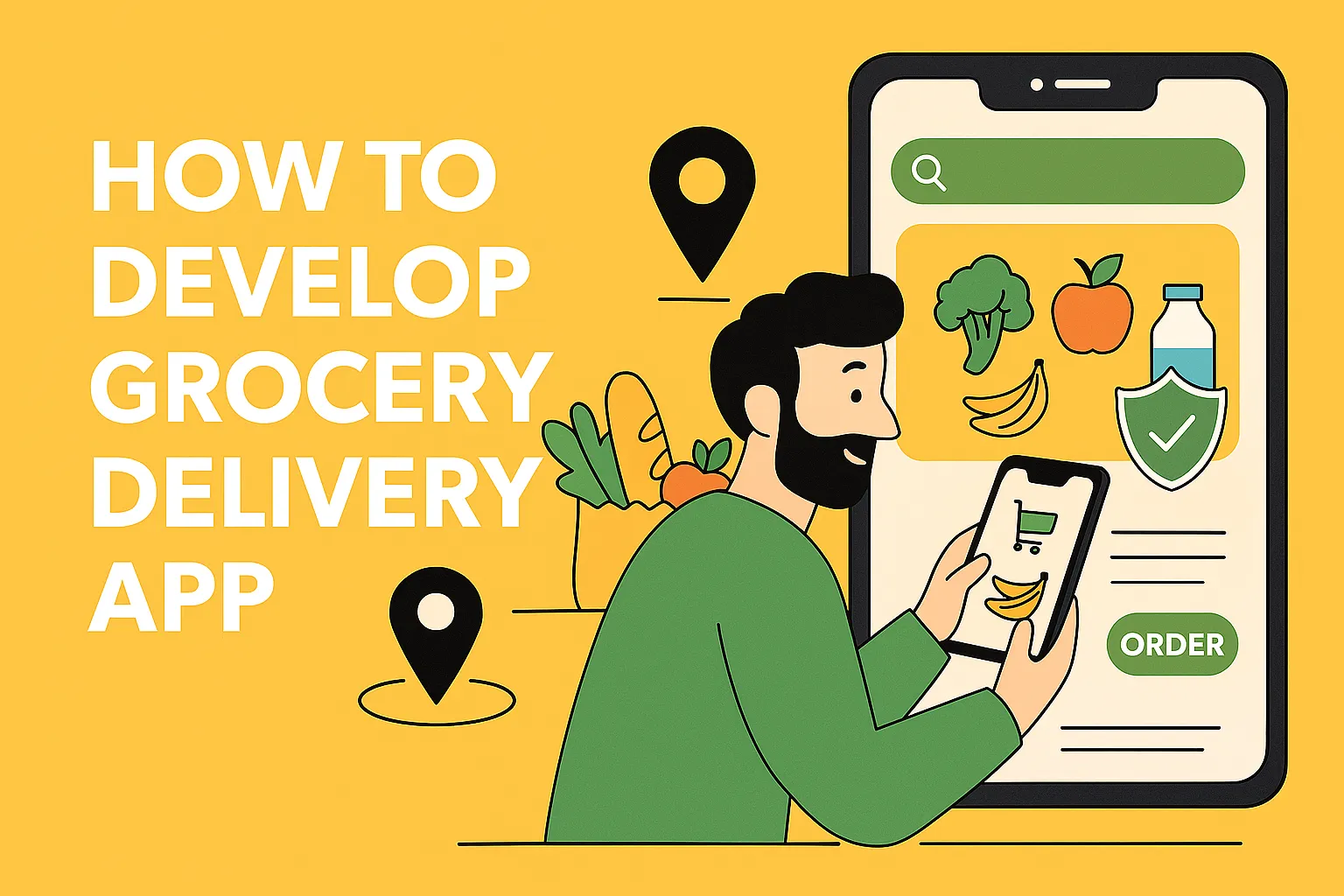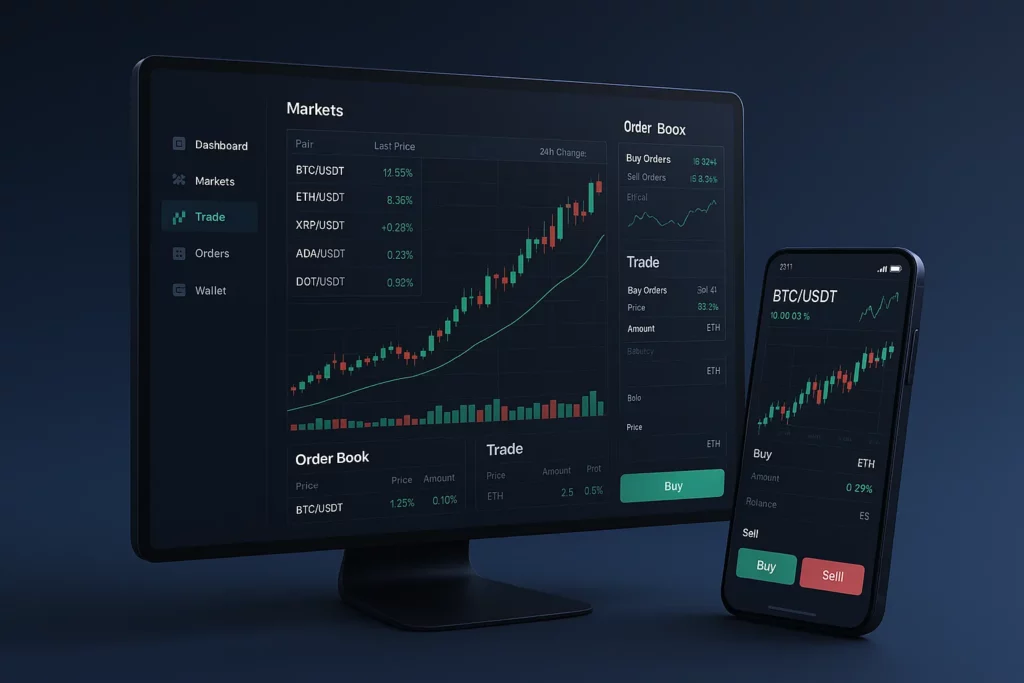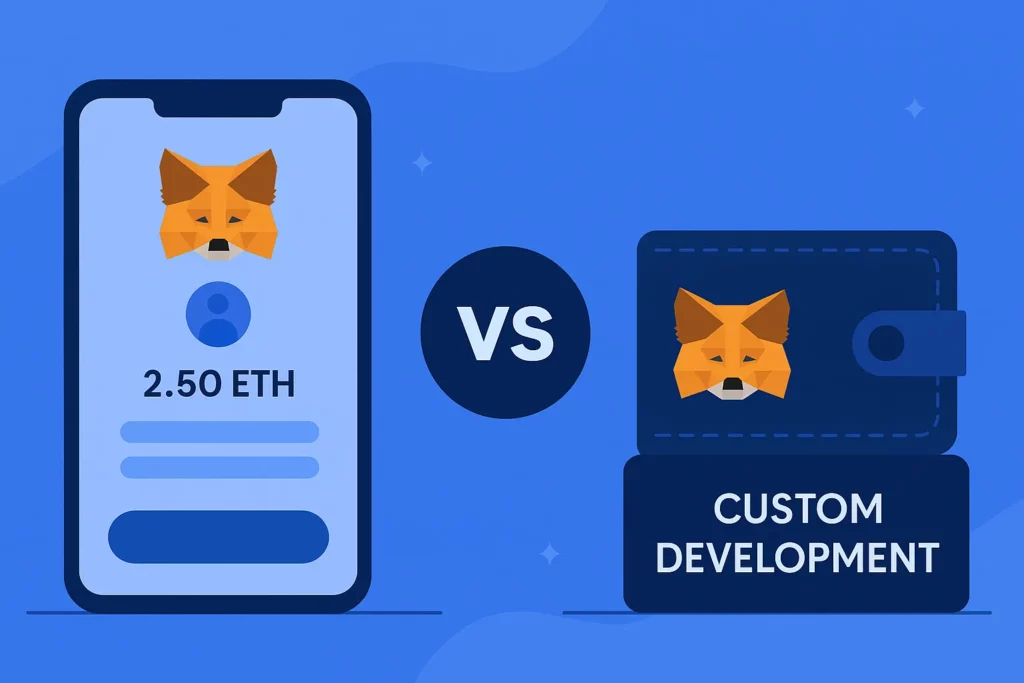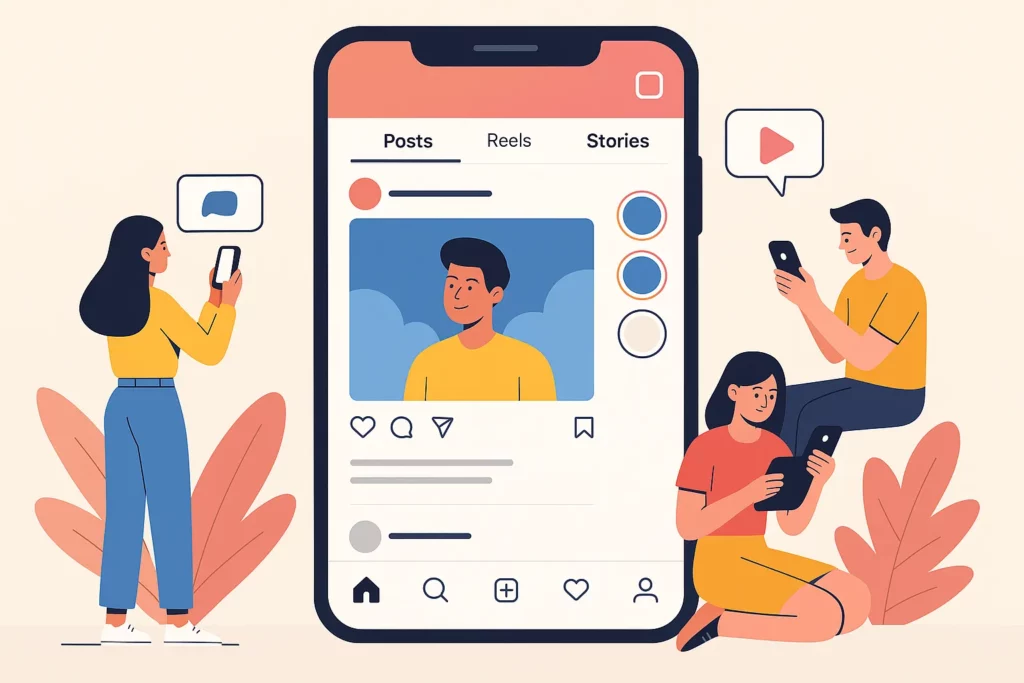Let’s be honest—no one likes standing in line for onions. In 2025, grocery delivery isn’t a nice-to-have; it’s a necessity. Whether it’s a busy working couple, a student in a shared flat, or a senior with mobility issues—everyone expects their groceries to arrive faster than they can say “express checkout.” So if you’re thinking about building a grocery delivery app, you’re not late. You’re just in time to get it right.
A few years ago, I helped a local grocery startup launch a delivery platform in a Tier 2 Indian city. No fancy AI, no massive funding—just a killer app, neighborhood vendor onboarding, and seamless deliveries. Within months, they outgrew expectations. That’s the beauty of this model: once you crack logistics and local inventory, your growth curve spikes fast.
In this blog, we’ll explore how to build a scalable, user-loved grocery delivery app—and why working with a partner like Miracuves gives you the firepower to compete with big players without burning your budget.
Why Grocery Delivery Apps Are Booming in 2025
Let’s break it down. Why are grocery delivery apps growing faster than coriander prices before Diwali?
- Smartphones + UPI: Everyone has them now. Even your neighborhood sabziwala.
- Lifestyle shifts: Work-from-home, health-conscious cooking, and parents juggling school runs.
- Micro-local logistics: You don’t need a nationwide network—just one zip code and a delivery rider.
According to Statista, India’s online grocery market is expected to hit $26 billion by 2027. Globally, that number’s much bigger—and only rising.
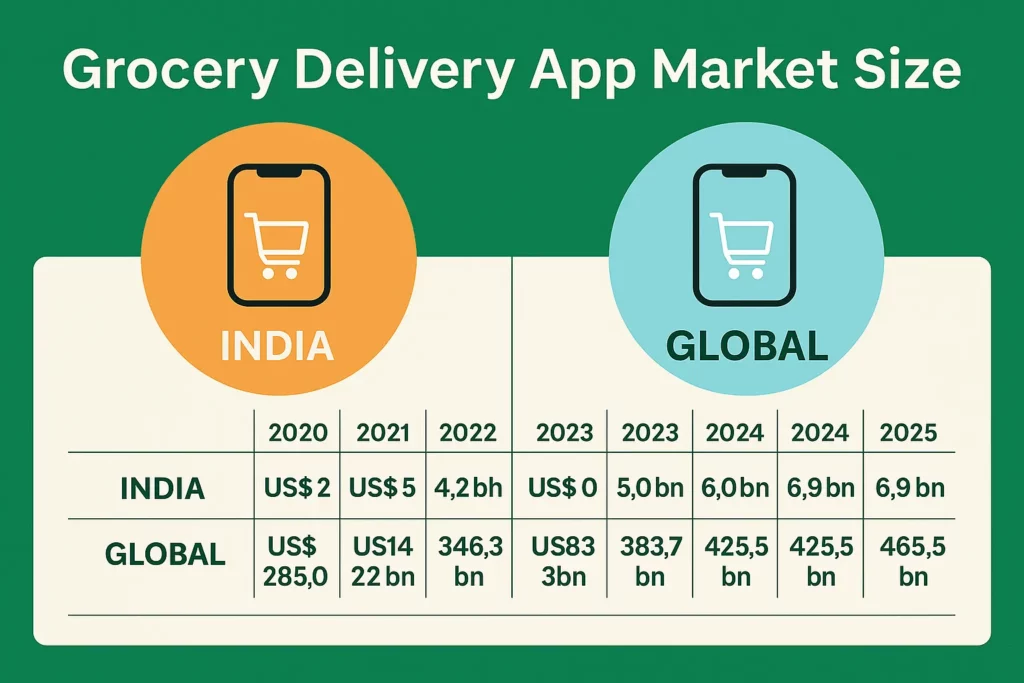
Core Features Every Grocery Delivery App Needs
You’re not building a regular eCommerce app. You’re building a real-time, perishables-sensitive, micro-logistics platform. Here’s what you need:
Customer-Facing App
- Smart product search
- Real-time stock updates
- Delivery slot selection
- Repeat order shortcut
- Wallets, UPI, COD integration
- Push notifications & SMS updates
Vendor Panel
- Inventory sync
- Pricing controls
- Order preparation alerts
- Stock analytics
- Review management
Delivery Agent App
- Route optimization
- OTP-based delivery confirmation
- Live location
- Earnings dashboard
Admin Dashboard
- User/vendor/agent management
- Commission & payout settings
- Offers & coupon creation
- Dispute resolution system
Choosing the Right Tech Stack
Let’s talk backbone. A grocery delivery app is only as good as its uptime, speed, and security.
- Frontend: Flutter (mobile) or React Native
- Backend: Laravel or Node.js
- Database: PostgreSQL + Redis (caching)
- Cloud Hosting: AWS, GCP, or DigitalOcean
- APIs: Razorpay, Paytm, Twilio (SMS), Google Maps
- Security: SSL, 2FA, tokenized payments
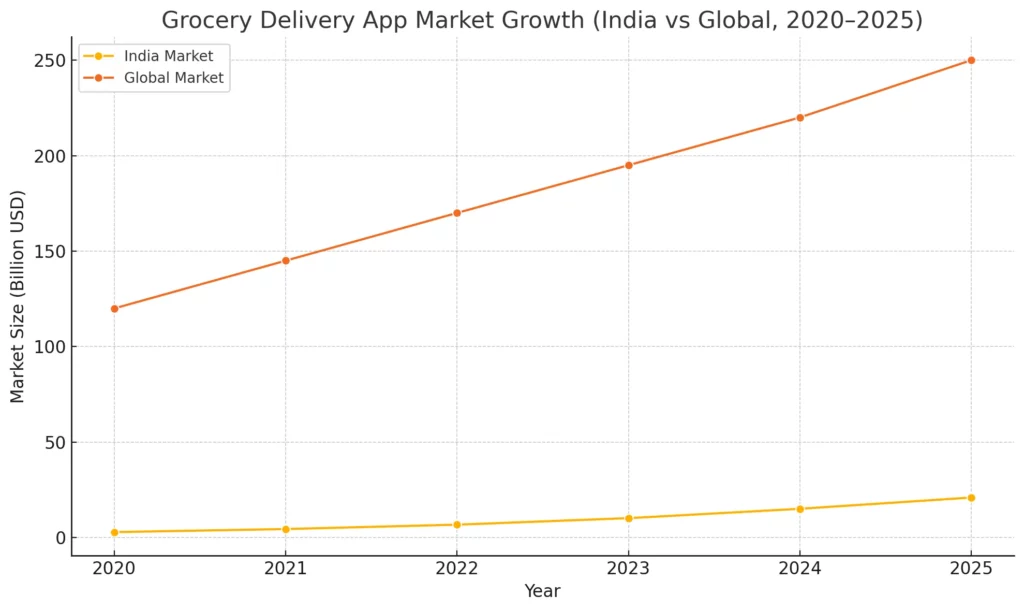
The MVP Route: Start Small, Scale Fast
You don’t need to launch with 1,000 SKUs and AI-powered pricing. Instead, build your MVP (Minimum Viable Platform) with:
- Category-based browsing
- Cart → Checkout → OTP Delivery
- Admin control for vendors & deliveries
- Real-time stock sync
- Notifications & tracking
Once that’s stable, expand to:
- AI-based recommendations
- Subscription boxes
- Loyalty programs
- Dark stores or hyperlocal warehousing
Reminder: Start with one neighborhood. Use Miracuves’ white-label grocery delivery clone to test faster and scale smarter.
Miracuves Helps You Launch Smart & Fast
At Miracuves, we specialize in clone-based app solutions that are:
- Fully customizable
- Pre-built for scale
- Mobile-optimized
- RTL/language-ready
- Integrated with logistics & payments
Whether you want to create the next Blinkit, Instamart, or BigBasket—for a city, district, or niche—we’ve got your back.
Conclusion:
Building a grocery delivery app in 2025 isn’t just smart—it’s essential. The demand is huge, the tech is mature, and the customers are hungry (literally and digitally).
At Miracuves, we help innovators launch high-performance app clones that are fast, scalable, and monetization-ready.
Ready to turn your idea into reality? Let’s build together.
FAQ’s
1) Do I need to build separate apps for buyers and riders?
Yes. Each user role has different features and workflows. Miracuves provides modular apps for all.
2) Can I offer both scheduled and instant delivery?
Definitely. You can integrate delivery windows and on-demand logic into your order flow.
3) Is COD still relevant in 2025?
Absolutely. Especially in Tier 2/3 regions and for first-time buyers.
4) What about inventory updates in real-time?
We sync directly with vendor panels and offer APIs for auto-updating via barcodes or stock systems.
5) Can I build this without coding experience?
Yes. Miracuves offers a fully managed white-label solution—no technical expertise needed.
6) How long does it take to launch?
With our clone, as little as 4–6 weeks. From scratch? 4–6 months minimum.



